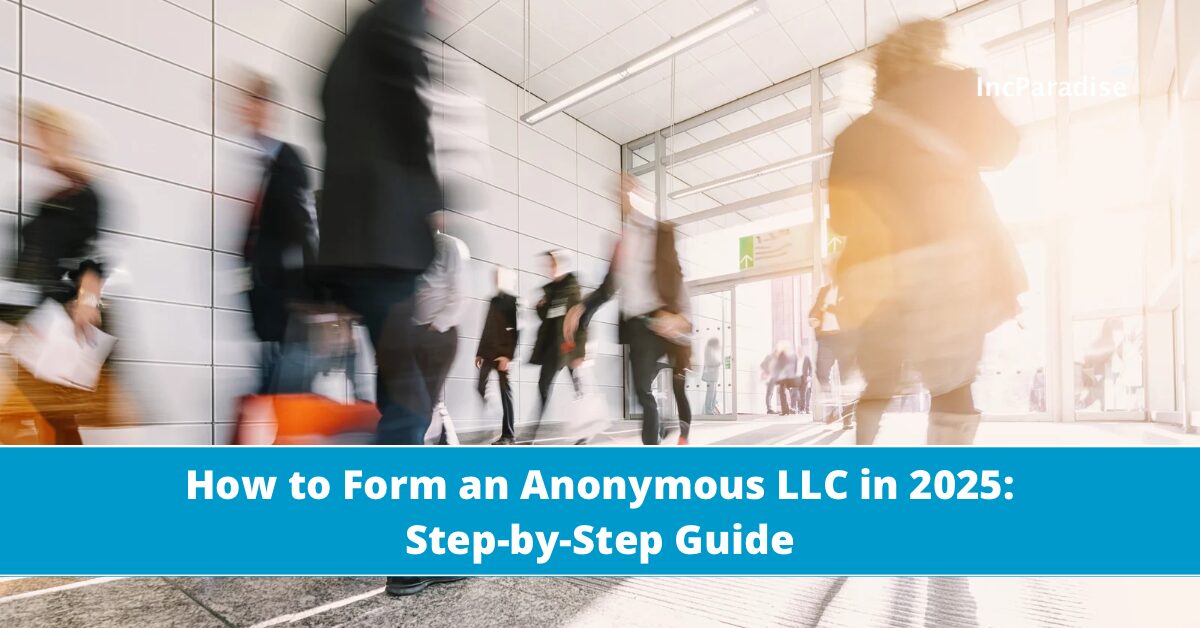Do you want to change your sole proprietorship to LLC? Several entrepreneurs get their start as a sole proprietorship. That is happening because of the easiest and straightforward business structure.
Being a single business owner, you would not have to deal with the filing of any official formation paperwork. But if you are the one who wants to make your business operations more legal, then it would be better to change it to an LLC.

Without getting a full understanding of the process of the conversion of the business entity, it would be hard to manage everything properly. It is essential to compare both the entities in terms of your company’s needs and objectives.
If the vision of your business doesn’t match with the business structure of the LLC, then it would be challenging to manage the company’s operations. When you want to gain the formal status of your company, switching your business structure to an LLC would be more affordable and straightforward. In order to convert it, you will need to take ample steps and file specific paperwork, which is known as the article of incorporation.
For you to get a proper understanding, we have gathered all the important details about the conversion process. So, let’s start with the definition of sole proprietorship.
What is a Sole Proprietorship?
It is the most simple business structure under which one person can operate their company. The sole proprietorship is not a legal entity. Being a single owner of this business form, the entrepreneur has to manage all its debts and finances personally.
The best part about this business is that you can operate the company under your name. You can also choose a fictitious name, for instance, Nancy’s Hair Salon. The business owner will own the business assets; the registration is you, the EIN for your business is also yours. In short, you are solely responsible for your business.
So, when you feel like your side hobby business has to settle in the formalized business structure, you can switch over the company. Sometimes, operating a sole proprietorship puts personal savings and assets at risk. It can also sue your business. This is the main reason why several people want to operate their business as an LLC entity.
What is an LLC?
Limited Liability Company or LLC is a kind of business that protects the personal assets of the business owner. While operating this business entity, your savings or home will not be liquidated forcefully to pay the debts. Setting up an LLC can be the most important step to protect the assets and business.
In several states, there is no obligation for the business owners to pay taxes to transfer the business revenue to pass through personal accounts. However, this type of business also offers a great amount of flexibility in distributing profits between the owners.
What are the benefits of Incorporating?
One of the main benefits of incorporating the business is it gives liability to the business owners. It will separate the personal assets of entrepreneurs from business assets. In this way, you can protect the business from any bankruptcies and lawsuits.
So, if you have uncertain funding or facing legal system problems, then it would be the right step to incorporate. Incorporating a business will also help you to save in taxation. This is why highly profitable companies tend to incorporate them.
Benefits of an LLC
Now that you have a better idea from reading the definitions of the sole proprietorship and LLC, and why it is essential to incorporate the business, by incorporating the business, you would get the maximum benefits of setting up the company. And choosing the business structure like an LLC, it would help you to form a legalized type of business.

The Difference between a Sole Proprietorship and an LLC
Let’s get a better perspective by making a comparison between both types of business entities. Even though you and your business are very close, still both are two different entities. Since the LLC is a separate person, the LLC absorbs any liability issues.
Let’s give a quick read to the comparison of a sole proprietorship vs. LLC.
- When you open a sole proprietorship, you need to understand that you are personally liable to all the potentially devastating legal actions and lawsuits. On the other hand, LLC is totally different from it. While doing business as an LLC, the business owner will not be liable to lawsuits and other legal obligations or penalties.
- A sole proprietorship will not allow structuring the taxes of your business in various ways. However, LLC offers you tax advantages.
- For LLC, you need to apply for the new tax ID and handle some paperwork. This is pretty different from your EIN as a sole proprietorship. Your LLC needs to register its own new EIN number.
- In LLC, you can have more than one person as an owner, or member. However, a sole proprietorship only allows a single owner. And if you want to operate your business as an owner, then you also launch a single-member LLC. All this means is that you are the only owner of your business, but the rest of the rules of an LLC works in the same manner.
Steps to change Sole Proprietorship to LLC
Are you interested in forming an LLC? Changing a sole proprietorship into an LLC will let you grow your business and protect your personal property. Follow the below-mentioned steps to make the transition.
Converting a sole proprietorship into an LLC can help you grow your business and protect your personal property. Follow these steps to make the transition. By reading these steps, you will get a general idea of what to expect.
1. Do Proper Research of Your Business Name
While changing from a sole proprietorship to an LLC, you will need to do proper research of your business name. It can be possible that the current name of your company might be already registered to another state. If this situation occurs, you can’t operate the LLC under that name, whether you own a sole proprietorship or LLC.
For instance, Janish wants to form an LLC, as Jane’s Candies. Before converting it to another form of entity, she needs to make sure that another business person does not use this business name. So, if you are confused about the business name, then you can check the availability of the name by checking the state’s secretary of state office.
2. File Articles of Incorporation
The second step that you need is to file the Articles of Incorporation with the state’s government. It is a short and straightforward document that depicts the details of your organization. The article of the organization must include:
- LLC’s name
- Address
- Names of owners
- Purpose of your LLC
- Name and address of your registered agent
- Type of LLC- member-managed or manager-managed
3. Register with the IRS
Business owners do need to apply for a new EIN with the IRS to operate a business legally. Whether you previously owned a sole proprietorship or not, a new EIN is a must for setting up an LLC. This number is used for filing taxes, obtaining business credit, handling payroll, and opening business bank accounts.
4. Create an LLC Operating Agreement
If you want to increase the personal protection of your business with less formal work, then setting up an LLC would be your best choice. In some states, business owners are required to create an LLC operating agreement.
This agreement will set up some rules and regulations for ownership and operations. It is like a document map that will help you to manage the business properly. The LLC operating management must include:
- Rights and responsibilities of members
- Voting powers
- Portions of the profits and losses
Even though you don’t have to submit this operating agreement to any legal organization or government, it is a good idea to create one. An LLC operating agreement reduces conflict between members.
5. Apply for Business Licenses and Permits
Whether you are setting up a sole proprietorship or LLC, you do need to apply for business licenses and permits to operate the business properly. Entrepreneurs need to have a professional license, health department license, or reseller’s permit.
6. Apply for a New Bank Account
To operate an LLC business properly, you need to open a new bank account for it. The bank account of the sole proprietorship will not work for the LLC. If you have made up your mind to change sole proprietorship to LLC, you have to maintain a borderline between personal and business finances. When you shield your personal assets from the business, then you can easily add the benefit of streamlining the business’s records for tax reporting.
Conclusion
Now that you must have understood the steps of changing a sole proprietorship to LLC, and the benefits of incorporating the business in the particular state. If you want to change your sole proprietorship to an LLC, then IncParadise can help with that. Our endeavor will always be towards providing you a service that will become the foundation stone for a long-standing relationship. Contact us now!








